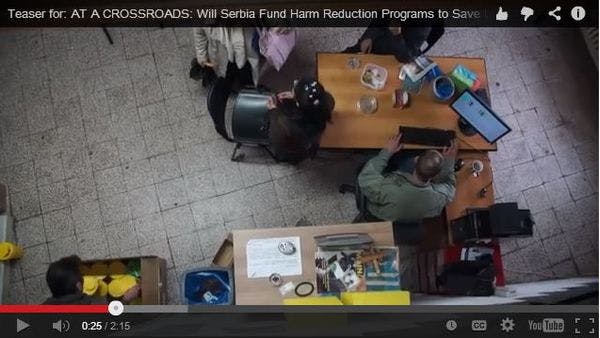At a crossroads: Will Serbia fund harm reduction programs to save lives?
Serbia is a country at the crossroads of a number of heroin trafficking routes. It has a significant injecting drug user population, many of them belonging to a marginalised ethnic minority, the Roma. Thanks to grants from the Global Fund to Fight AIDS, Tubercolosis and Malaria, several harm reduction services were introduced into Serbia during the first decade of this century. There are approximately two thousand people enrolled in opiate substitution programs, and four NSPs (needle and syringe programs) provide sterile equipment to injecting drug users.
The prevalence of HIV among drug users has so far remained low, but access to harm reduction services is far from adequate – the best indicator of risk being the high prevalence of Hepatitis C infections. Hopes, on the part of service providers, that programs can be scaled up, seem to be going up in smoke: the country is not eligible for any more money from the Global Fund, and the last grant will end in June. This means that NSPs face an uncertain future: the government has made no commitment to continue their funding, and there are no other donors available to step in. In September, the Drugreporter filming team was invited by ReGeneracija (like them on Facebook!), a local NGO working with young people, to produce a movie about the situation. We hope this video will give you an overview of the situation, and show why it is so important to provide adequate funding for harm reduction programs.
Watch here the full movie.
Keep up-to-date with drug policy developments by subscribing to the IDPC Monthly Alert.
